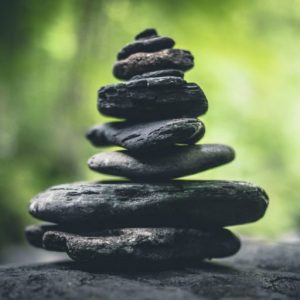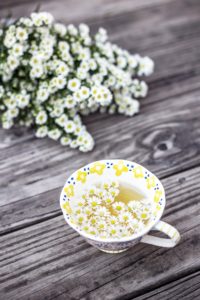A frequent conversation among my coworkers at our rehab pool facility, as well as our mostly middle-aged and older patrons and patients, has to do with the unexpected places life takes us. How did we get here from there?
For some this is a bittersweet question, for others an amusing one, and for others a bewildered or even despairing one. Whatever our current reality is, none of us could have foreseen or imagined it when we were young adults.
We can all talk about dreams we’ve had, intentions, hopes, and choices we’ve made in pursuit of the life we imagined we wanted, but life itself is always a wild card. It picks us up by the scruff of our neck, sweeps us away, and casts us onto strange shores.
As I age and practice minimalism, I realize keeping my dreams flexible has never been more important. My dreams, along with everything else, change. What I longed for as a young woman is not what I want now. What I needed in midlife is not what I want as I approach my 60s. Some things I’ve thought of as merely desirable are now essential, and other things I thought I needed no longer seem important.
In some ways I like dancing with change, my own as well as external circumstances. It feels dynamic and healthy. Resilience and adaptation are strong life skills.
In other ways it’s hard, the way my needs and I change. Often, I feel my own natural change and growth are hurtful to others. I try to hold them back. I try to stop myself, make myself quiet and small so no one will be upset, including me!
In the end, though, there’s something in me that’s wild, and sure, and deeply rooted in the rightness of change. It can’t be silenced or stifled, and there’s no peace for me until I begin living true to myself once again, no matter the cost.
The costs are very high. The personal costs of living authentically have been catastrophic for me. Sometimes I feel I’ve paid with everything I ever valued.
And yet the power of living authentically, the peace of it, the satisfaction of shaping a life that really works and makes me happy … How much is too much to sacrifice for that?
For a long time, I’ve thought about balance. Financial balance. Work-life balance, which is a term so nonspecific as to be useless. Balancing time. Balancing socialization and solitude. Balancing sitting and writing with physical activity. The complex balance of give and take in relationships. Balancing needs and power.
Minimalism is about balance. Achieving a simple life demands balance, something hard to find in an overcrowded life. Practicing simplicity and working toward balance take mindfulness, which is a difficult skill to hone in our loud, distracting, manipulative and addictive consumer culture. There’s a lot of social pressure to want more and bigger, to hang on tightly to our things.
But I want less. I want less stuff, less expense, less noise (visual and otherwise), less maintenance, less complication. I want less because I want more. I want more peace, more beauty, more sustainability, more time for loved ones and the activities that are most important to me. Gardening. Animals. Walking. Writing. Playing. Spiritual practice.
I don’t want more than I need. I don’t need more than I can use, enjoy, take care of, or pay for.
I do want to accommodate change, my own, and changing circumstances around me. The simpler and easier my life is, the more space I have to welcome my own aging and wherever my life journey takes me next. I don’t make myself crazy trying to anticipate all the future possibilities, but I want to know I can live well with the resource I have and build reserves for whatever the future brings.
Ironically, it often takes resource to go from more to less. Financial resource. Time and energy resource. It takes sacrifice, in the sense of being willing to give up things valued for the sake of things even more valuable and worthy. In its own way, moving in the direction of living simply is as much work and emotional cost as the endless treadmill of more. It does have an end point, though, whereas more is never satisfied.
Last week I read a post from Joel Tefft titled ‘Abandon, Embrace‘. He suggests daily journaling (which I also highly recommend) using the writing prompts: Today I abandon ___ and today I embrace ___. This is balance in action. What is not helping? What is most important? Abandon something in order to make space for something better.
We can’t find a place for what’s most important if our cup is already too full.
Deciding what kind of a life we want to live and working to create it is a difficult process of choice. It’s difficult because it can be so hard to tell the truth about our needs and feelings. Sometimes we have to give up on cherished dreams and hopes, come to terms with our current limitations. Our choices can affect others in hurtful ways. Sacrifice is not easy. Managing our feelings is not easy.
Choosing, as I’ve said before, involves consequences we can’t always control.
But to make choices, especially difficult ones, is to be standing in our power, as is creating an authentic life that allows us to grow deep roots and be the best and happiest we can be, for ourselves, for our loved ones, and for the world.
© 2021 – 2023, Jenny Rose. All rights reserved.


Every paragraph. Resonating like a beautiful clear bell tone. Thank you Jenny. You make the tough times easier.
This is the nicest thing anybody said to me today. Thank you, Annette, from the bottom of my heart.